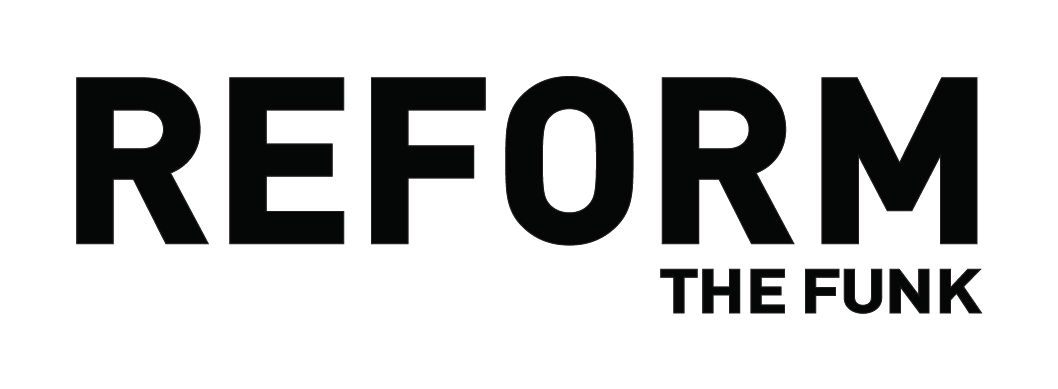Brit South Asians On Screen Now Vs The 1990s - What's Really Changed?
The late 1980s-1990s. A golden time for the Brit South Asian arts scene, particularly music, with daytime raves, underground LGBTQIA+ parties and artists like Asian Dub Foundation, Nitin Sawhney and Talvin Singh being acclaimed in mainstream press. Suddenly, being brown was convincingly cool.
The UK’s screen industry has always tapped much less enthusiastically into South Asian creative talent, compared to the world of literature. During the ‘Cool Brittania’ 1990s era though, brown people were getting a considerable look-in on the small screen at primetime, with BBC2 Saturday morning lifestyle show ‘Network East’ and hit sketch comedy Goodness Gracious Me, while in cinemas, there was critically acclaimed Bhaji on the Beach (1993) and BAFTA Award-winning East is East (1999).
It signalled a hopeful shift towards a positive kind of multiculturalism, which continued into the early Noughties, albeit more as a disposable fashion trend. Big screen hit Bend it Like Beckham (2002) showcased the Southall London community, now as fully entrenched in the British landscape as fish and chips by the seaside, while the UK Bhangra scene had a brief, worldwide pop chart moment, through the 2002 re-release of Punjabi MC’s Mundian To Bach Ke’ - cue all non-South Asians ‘knowingly’ do the cringey lightbulb hand twist to on the dancefloor.
This timing right before 9/11 can’t be ignored. Latent racism ruptured visibly again; that insta-cool just as suddenly replaced by suspicion of brown people laced with Islamophobia. Much of the screen representation in the two decades since has been haunted by that, as interest and investment dwindled and segregated brown content from mainstream platforms.
Twenty years later, with South Asians forming the largest minority ethnic group in the UK; what’s filled the gap since the empowered representation ‘Goodness Gracious Me’ kickstarted? Reality TV show Love Island demonstrates there’s still a way to go before we overcome tokenism and thoughtless, self-defeating attempts at inclusion, while a major UK survey, commissioned by the Sir Lenny Henry Centre, found 64% of actors of colour had experienced racist stereotyping during auditioning.
Even star actor Dev Patel spoke about feeling caught between not being quite ‘British’ or ‘Indian’ enough for roles. He is amongst a handful of homegrown talent, like Parminder Nagra, Archie Punjabi and Riz Ahmed, who have tasted the kind of mainstream acclaim out of reach a decade or two ago. Like their Black counterparts though, this has often been achieved across the Atlantic, which remains ahead of the diversity game, as demonstrated by upcoming Disney+ series Ms Marvel featuring Pakistani-American protagonist Kamala Khan.
That show was created by Brit comedian Bisha K. Ali, who previously wrote for hit show Sex Education, which has been lauded for its on-point intersectional storytelling. Alongside acclaimed sitcom We Are Lady Parts, Nathaniel Curtis’s Ash Mukherjee character breaking apart the unsexy South Asian man trope in LGBTQ drama It’s a Sin and Simone Ashley cast as a desirable, dark-skinned brown female lead in period drama Bridgerton, it signals a glimmer of hope on the home front.
More reflectively, Mixmag profiled the Brit Asian creative landscape, celebrating past and present figures from renowned DJ Ritu to disabled, Muslim drag queen Asifa Lahore, while the launch of the Dialled In Festival, on the 20th anniversary of 9/11, signals a demand of and welcome return to celebrating the South Asian underground. There’s a push to better promote the vastness of South Asian creativity, that individually, has been there the whole time, claiming online spaces.
How can they come together more collectively; acknowledging the complex umbrella of South Asian identity (with its own challenges of inequalities, invisibility and prejudice) whilst facing whatever misconceptions of ‘being brown’ continually persist today?
Words: Reshma Madhi






